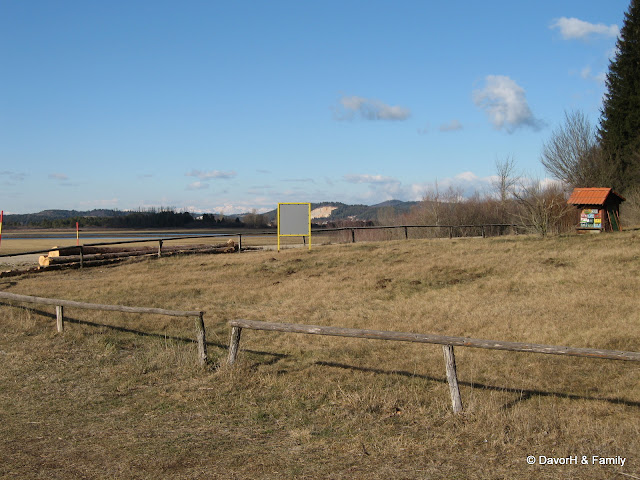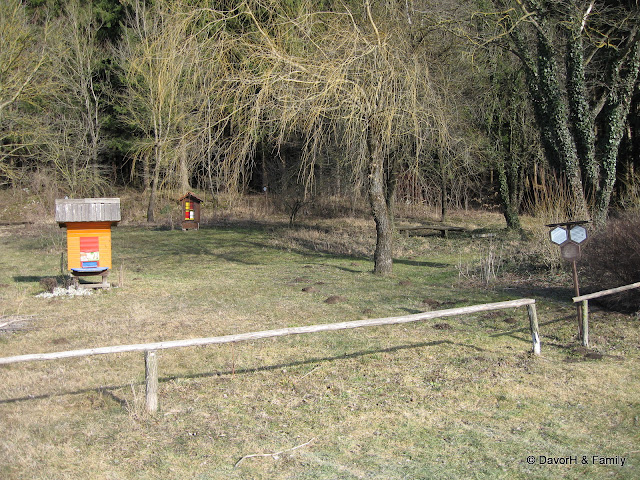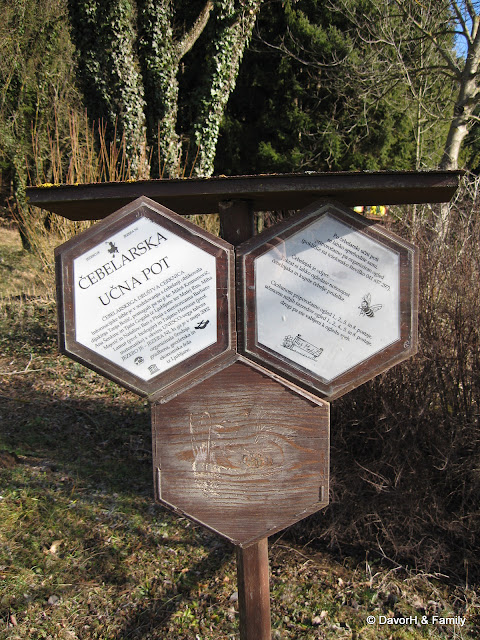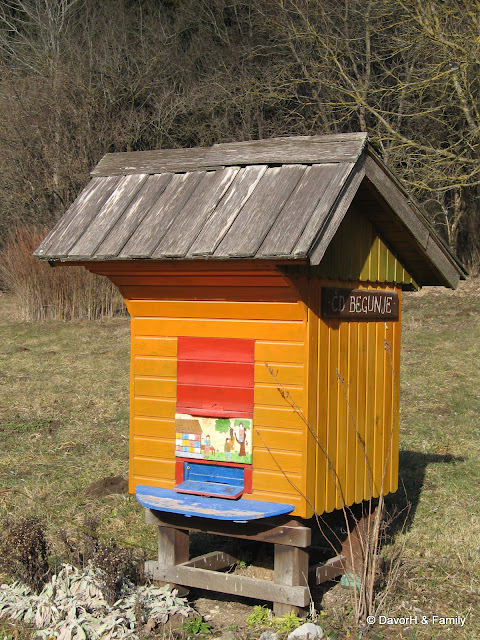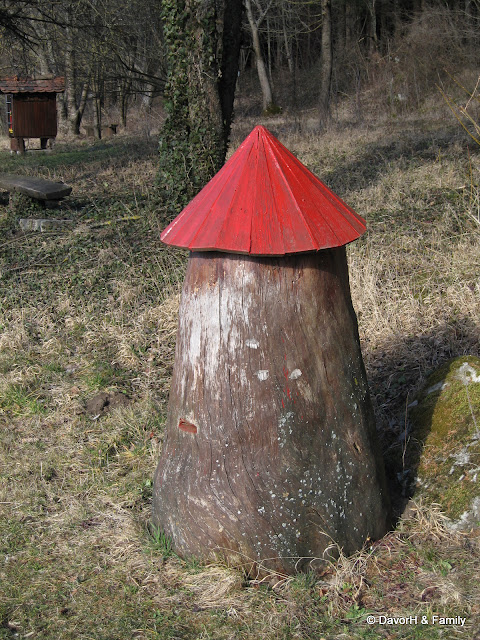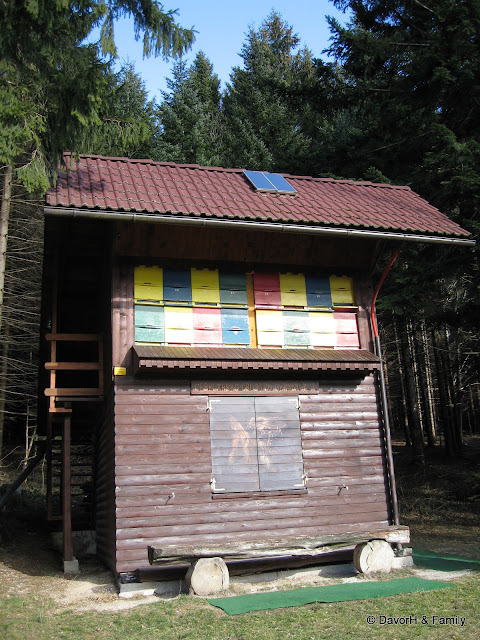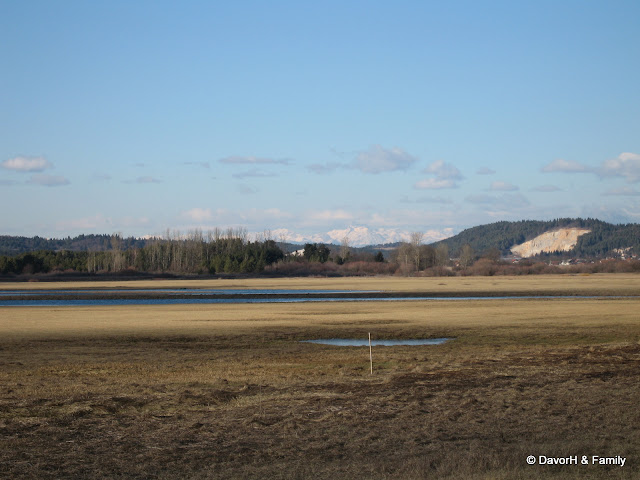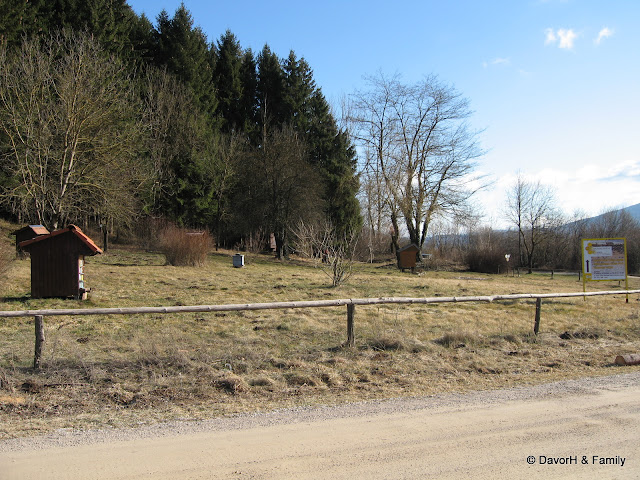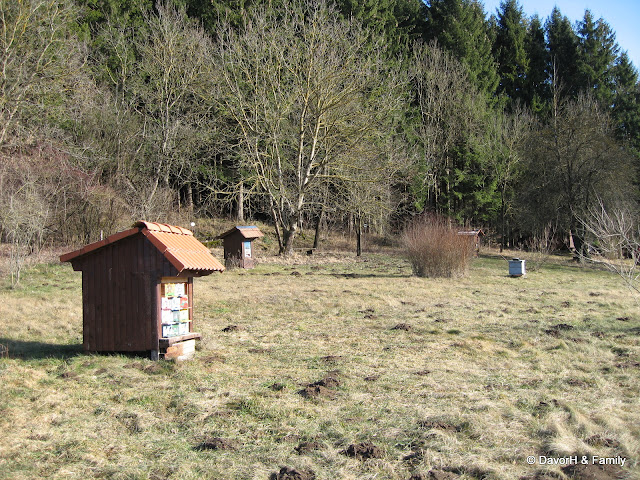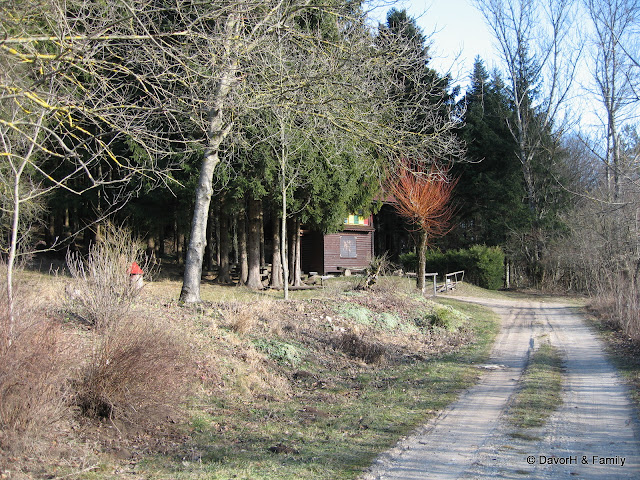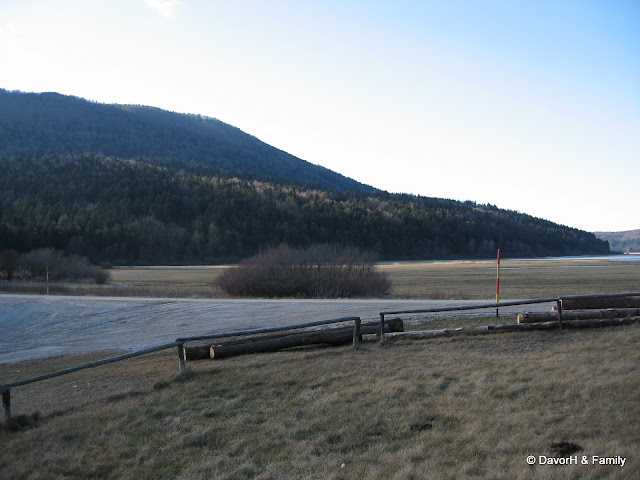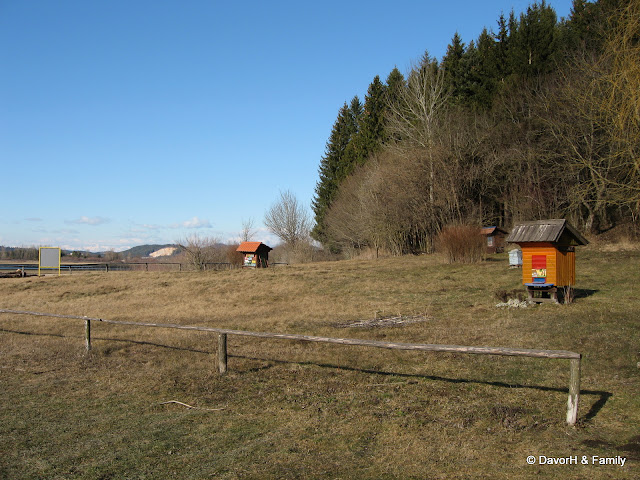
(Go To English
text) (Skok na fotografije / Go To Photos)
(Skok na konec teksta / Go To End of
Text)
Opis
Približno tretjina svetovnega pridelka hrane zraste na
rastlinah, ki so jih oprašile živali, velik delež
cesar s svojim nacrtnim zbiranjem peloda prispevajo cebele. Zaradi
tega je pomen cebel za preživetje cloveštva kriticen. Med
je poleg tega eden redkih prehrambenih izdelkov, ki ga ljudje
uživamo nepredelanega. Vrednost pridelka, za katerega
oprašitev so poskrbele cebele, samo v ZDA ocenjujejo na 15
milijard dolarjev. Tamkajšnji pridelovalci sadja, detelje in
drugega pogosto povecujejo pridelek tako, da najamejo cebelarje, ki
pripeljejo panje domacih cebel v bližino nasadov.
Clovek ogroža cebele predvsem z neselektivnim
škropljenjem poljšcin s pesticidi. Pesticidi lahko
zastrupijo cebele neposredno ali s kontaminacijo vira hrane. Pri
domacih cebelah, kjer se populacijska dinamika najpozorneje
spremlja, je to že privedlo do opaznega povecanja smrtnosti.
Verjetno so pesticidi eden izmed faktorjev, ki prispeva k sindromu
propada cebeljih družin (angleško Colony Collapse
Disorder oz. CCD), ki je v zadnjem casu deležen
veliko pozornosti strokovne in širše javnosti. Ce
upoštevamo, da so cebele neposredno odgovorne za velik del
svetovnega pridelka hrane, lahko izginjanje domacih cebel ob
hkratnem izginjanju drugih opraševalcev privede do globalnih
težav s preskrbo s hrano. V splošnem naj bi se
škropljenje izvajalo zvecer, ko cebele niso aktivne. Vse
cebele poleg kemikalij ogroža tudi izguba habitatov in sajenje
monokultur, kar še povecuje odvisnost pridelka od domacih
cebel.
Ce vas zanima, zakaj cebela pici, kako se cebele pogovarjajo,
kakšno je satovje in kaj vse potrebuje cebelar, lahko to
izveste, ce obišcite cebelarsko ucno pot na Cerkniškem
jezeru. Speljana je na otoku Goricica sredi skrivnostnega in
spreminjajocega se Cerkniškega jezera. Opremljena s poucnimi
tablami nudi osnovna znanja o cebelji družini, življenju
cebel, hrani cebel, cebeljih pridelkih, boleznih cebel, zgodovini
cebelarstva, medovitih rastlinah, vrstah medu in njegovih
zdravilnih ucinkih. Pot se zacne v Pretržju, med Dolenjim
Jezerom in Otokom, pri cebelnjaku Cebelarskega društva
Cerknica. Pot je dolga le 250 m, za ogled potrebujete 1,5 ure. V
cebelnjaku na ucni poti se lahko oskrbite tudi z domacim medom in
izdelki iz medu. Ucno pot si lahko ogledate sami ali pa se
dogovorite za voden ogled pri Cebelarskem društvu Cerknica.
Dostop
Dostop do cebelarske ucne poti je iz Cerknice
skozi Dolenje jezero proti vasi Otok. Parkiranje je možno
neposredno ob ucni poti (tocka PARK), lahko pa parkirate tudi prej
in se do tja odpravite peš po nasipu. Seveda je dostop mogoc
tudi s kolesom.
Dostop do zaklada je mogoc skozi celo leto, z
možno izjemo dni, ko je jezero tako polno, da preplavi cesto.
To se zadnje case dogaja le vsakih nekaj let.
Zaklad
Zaklad je 1,1 l Lock & Lock škatla. V njej je poleg
knjižice vpisov, svincnika, šilcka in GC sporocila, ki
naj ostanejo v zakladu, še nekaj manjših predmetov za
menjavo. Prvega najditelja caka FTF priponka, ki jo lahko odnese s
seboj za nagrado.
Velike nevarnosti za srecanje z nepoklicanimi obiskovalci ni,
vseeno pa velja biti pri iskanju zaklada previden. Prosimo tudi, da
zaklad dobro skrijete, da ne bo padel v oci kakemu
bunkeljnu.
(Skok na konec
teksta)
(Go To
Photos) (Go To End of Text)
Description
Bees play an important role
in pollinating flowering plants, and are the major type of
pollinator in ecosystems that contain flowering plants. Bees either
focus on gathering nectar or on gathering pollen depending on
demand, especially in social species. Bees gathering nectar may
accomplish pollination, but bees that are deliberately gathering
pollen are more efficient pollinators. It is estimated that one
third of the human food supply depends on insect pollination, most
of which is accomplished by bees, especially the domesticated
European honey bee. Contract pollination has overtaken the role of
honey production for beekeepers in many countries. Monoculture and
the massive decline of many bee species (both wild and
domesticated) have increasingly caused honey bee keepers to become
migratory so that bees can be concentrated in seasonally varying
high-demand areas of pollination.
From 1972 to 2006, there was a dramatic reduction in the number of
feral honey bees in the US, which are now almost absent. At the
same time there was a significant though somewhat gradual decline
in the number of colonies maintained by beekeepers. This decline
includes the cumulative losses from all factors, such as
urbanization, pesticide use, tracheal and Varroa mites, and
commercial beekeepers' retiring and going out of business. However,
in late 2006 and early 2007 the rate of attrition reached new
proportions, and the term colony collapse disorder was coined to
describe the sudden disappearances. After several years of research
and concern, a team of scientists headed by Jerry Bromenshenk
published a paper in October 2010 saying that a new DNA-based
virus, invertebrate iridescent virus or IIV6, and the fungus
Nosema ceranae were found in every killed colony the group
studied. In their study they found that neither agent alone seemed
deadly, but a combination of the virus and Nosema ceraneae
was always 100% fatal. Bromenshenk said it is not yet clear whether
one condition weakens the bees enough to be finished off by the
second, or whether they somehow compound the other’s
destructive power. "They're co-factors, that’s all we can say
at the moment. They’re both present in all these collapsed
colonies." Investigations into the phenomenon had occurred amidst
great concern over the nature and extent of the losses. In 2009
some reports from the US suggested that 1/3 of the honey bee
colonies did not survive the winter, though normal winter losses
are known to be around 25%.
Apart from colony collapse disorder, many of the losses outside the
US have also been attributed to other causes. Pesticides used to
treat seeds, such as Clothianidin and Imidacloprid, have been
considered prime suspects. Other species of bees such as mason bees
are increasingly cultured and used to meet the agricultural
pollination need.
Native pollinators include bumblebees and solitary bees, which
often survive in refuges in wild areas away from agricultural
spraying, but may still be poisoned in massive spray programs for
mosquitoes, gypsy moths, or other insect pests. Although pesticide
use remains a concern, the major problem for wild pollinator
populations is the loss of the flower-rich habitat on which they
depend for food. Throughout the northern hemisphere, the last 70 or
so years have seen an intensification of agricultural systems,
which has decreased the abundance and diversity of wild
flowers.
If you want to know why a bee
stings, how the bees talk, what is the honeycomb and what a
beekeeper needs, you can find it out if you visit the Beekeeping
learning trail at Lake Cerknica. The trail runs on Goricica island
in the middle of mysterious and ever-changing Cerknica Lake. It is
equipped with educational boards (only in Slovene language,
unfortunately) that provide basic information about the bee family,
life of bees, bee food, bee products, bee diseases, beekeeping
history, honey plants, types of honey and its health benefits. The
trail begins in Pretržje, between the villages of Dolenje
jezero and Otok, at Beekeepers Association of Cerknica apiary. The
path is only 250 m long but can take up to 1.5 hours. You can see
the learning trail by yourself or can arrange a guided tour with
the Beekeepers Association of Cerknica.
Access
One can
access the learning trail by road from
Cerknica through
Dolenje jezero towards Otok. Parking is available nearby (waypoint PARK), or
you can park
earlier and walk
to the site.
Cache is
accessible throughout the year,
with the possible exception of a few days when the lake
is so full
that it overflows
the road. This
happens usually only every few years.
Cache
Cache is a 1.1 liter Lock
& Lock box. In addition to logbook, pencil, sharpener and GC
note which are to remain in the cache, there are a few small items
for trade. FTF badge is awaiting the first finder to be taken away
as a small prize.
It is not very likely to
come across muggles, but caution is still advisable.
Hide the cache well afterwards to avoid some
muggle finding it.
Viri / Sources
Wikipedija / Wikipedia
Slovenia
Info
Slike / Photos
(preskoci/skip)
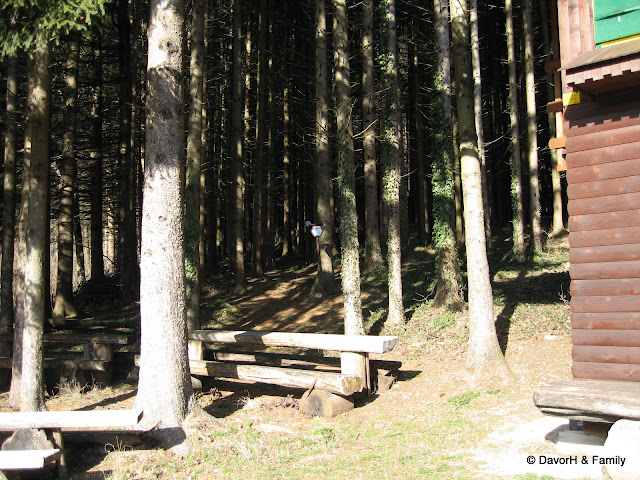 Zacetek poti / Start of trail
Zacetek poti / Start of trail
